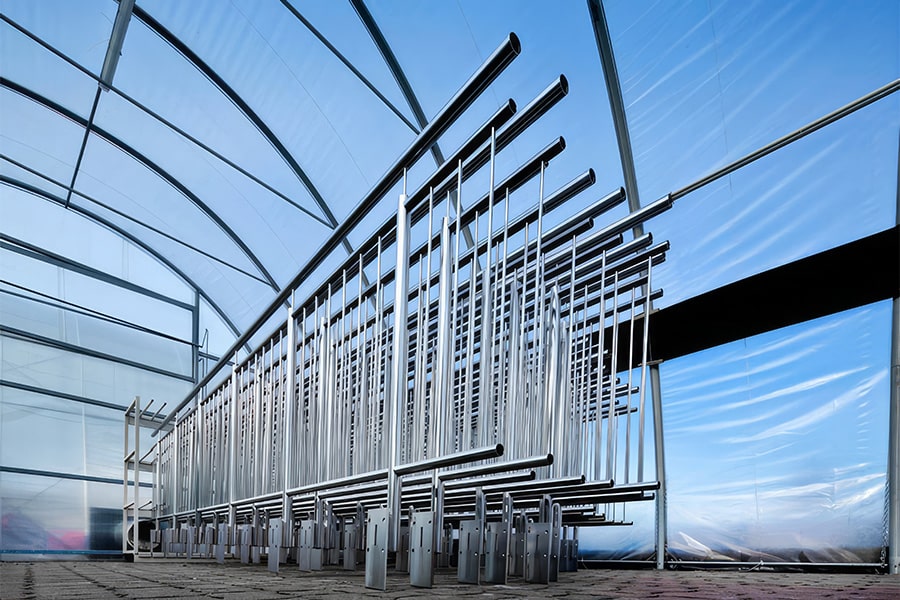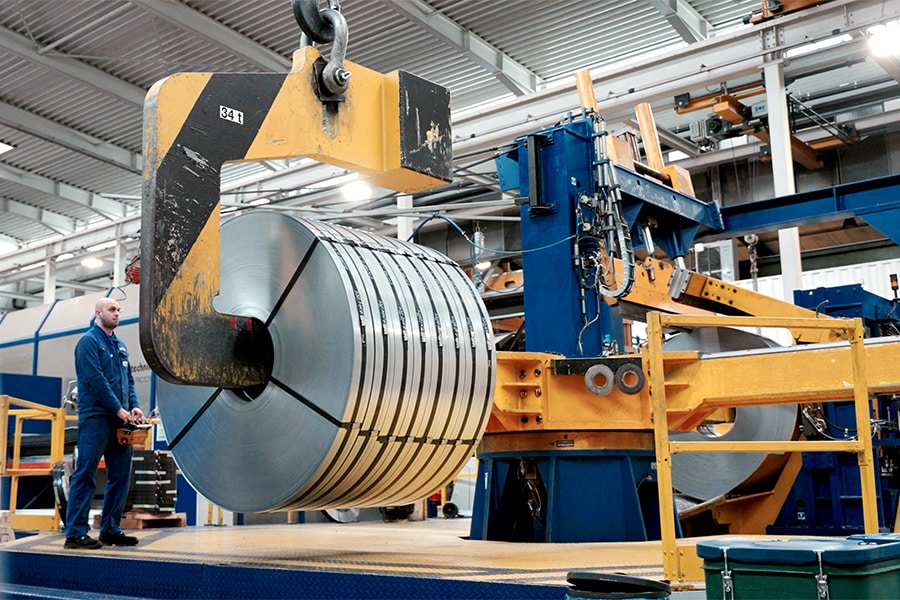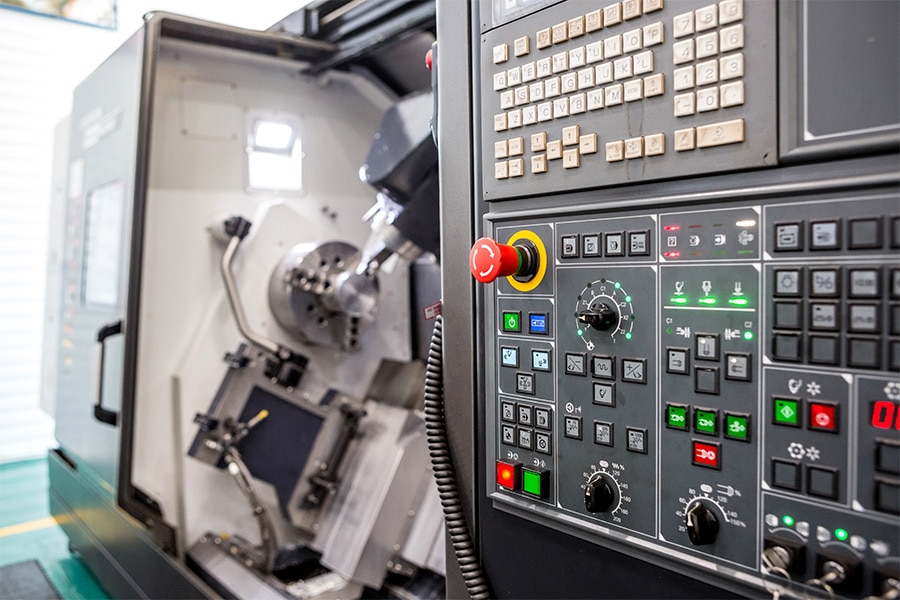
Laser automation increases productivity with 40%
Automation and productivity are closely linked for Dutch contract manufacturer Suplacon. With an automated storage and handling solution from Remmert, the family-owned company was able to increase the output of two Trumpf lasers by 40%.
"We see ourselves as pioneers in the field of contract manufacturing of sheet metal products and metal structures in the Netherlands," Antijn Koers, director of operations at Suplacon, says of the company founded by his family in Emmeloord more than 45 years ago. The service package covers the entire spectrum of metalworking processes. In addition to laser cutting, punching, bending, bending, welding and various surface treatments, Suplacon specializes in CNC milling with the highest precision. Suplacon supplies more than 400 customers in mechanical engineering, automotive and electronics, among others, with parts made primarily of stainless steel and thin sheet metal. "We currently have more than 1,000, sometimes very diverse, products that we design and produce for our customers," Koers describes on the spectrum.

With Sheet Metal 365, Suplacon has offered an end-to-end automated ordering process since 2015. Customers upload their drawing to the online ordering platform and determine the quantity, choice of material, delivery time and other parameters. The software immediately calculates the quotation. This can be done 24 hours a day, 365 days a year. The order is confirmed at the touch of a button. "Well-organized processes are very important to us. This starts with the order and is also reflected in the flow of materials in the company. We always know where each production order is at any given time," said Koers.
Remmert Automation supplies two Trumpf lasers
As part of its growth and associated capacity expansion, Suplacon modernized its machinery in 2019 to include two new 10 kW fiber laser cutting machines from Trumpf. To get the highest possible output from the machines, Suplacon aimed to optimize material flow around the laser cutting processes. The use of automated processes was also intended to counteract the prevailing shortage of skilled workers.
"We chose the LaserFLEX automation from Remmert. On the one hand, it allowed us to connect both Trumpf lasers very compactly to an automation line with a storage tower. On the other hand, the solution is very flexible in terms of changes or expansions. Another decisive factor for us was the automated processing of residual sheets, since we do not always process 100% of sheets in each cutting plan. This offers us a high degree of flexibility in production orders. At the same time, it saves us the additional personnel effort that was previously required to process residual sheets," Antjin Koers explains the decision.

The core of Remmerts automation and storage solution consists of the LaserFLEX automation and a double storage tower for storing the raw and residual plates. The laser automation works with two independently movable manipulators. A suction unit places new plates on the change tables or returns the remaining plates to the storage tower. A calculating unit picks up the cut sheet parts and residual samples from the change tables.
The cut metal sheets are sorted by hand immediately after laser cutting. For ergonomic support, Suplacon Remmert had two conveyors integrated into the automation line. Here, the sheets are placed on one of the conveyors through the processing unit. To protect the material from scratches, the fingers of the rakes are equipped with belt drives. The conveyor transports the metal sheets piece by piece through the protective fence to the sorting positions; this saves long walking distances and the working height is also ideal. Each of the two conveyors has room for two metal sheets in front and two behind the protective fence. Additional metal sheets can be stacked on another sorting table, for example during night shifts when staffing is low.

Increasing productivity with 40%
Antijn Koers is very pleased with the laser cutting center consisting of Trumpf laser plus Remmert automation and warehouse. "The lasers can work effectively in both day shifts without long downtimes and, if required, in a night shift with few staff. Compared to before, productivity is about 40% higher with automation."
Even the return of residual plate to the warehouse is now fully automated. Remmert's WMS is linked to the WiCAM CAM software and the ERP, so that both raw plates and residual plates can be nested and transferred to the lasers as automated work orders. This gives Suplacon a high degree of flexibility in laser cutting: work orders can be processed on demand and in a timely manner even for small and medium quantities, which has proved especially useful for orders via Suplacon's Sheet Metal 365 ordering platform. ■



